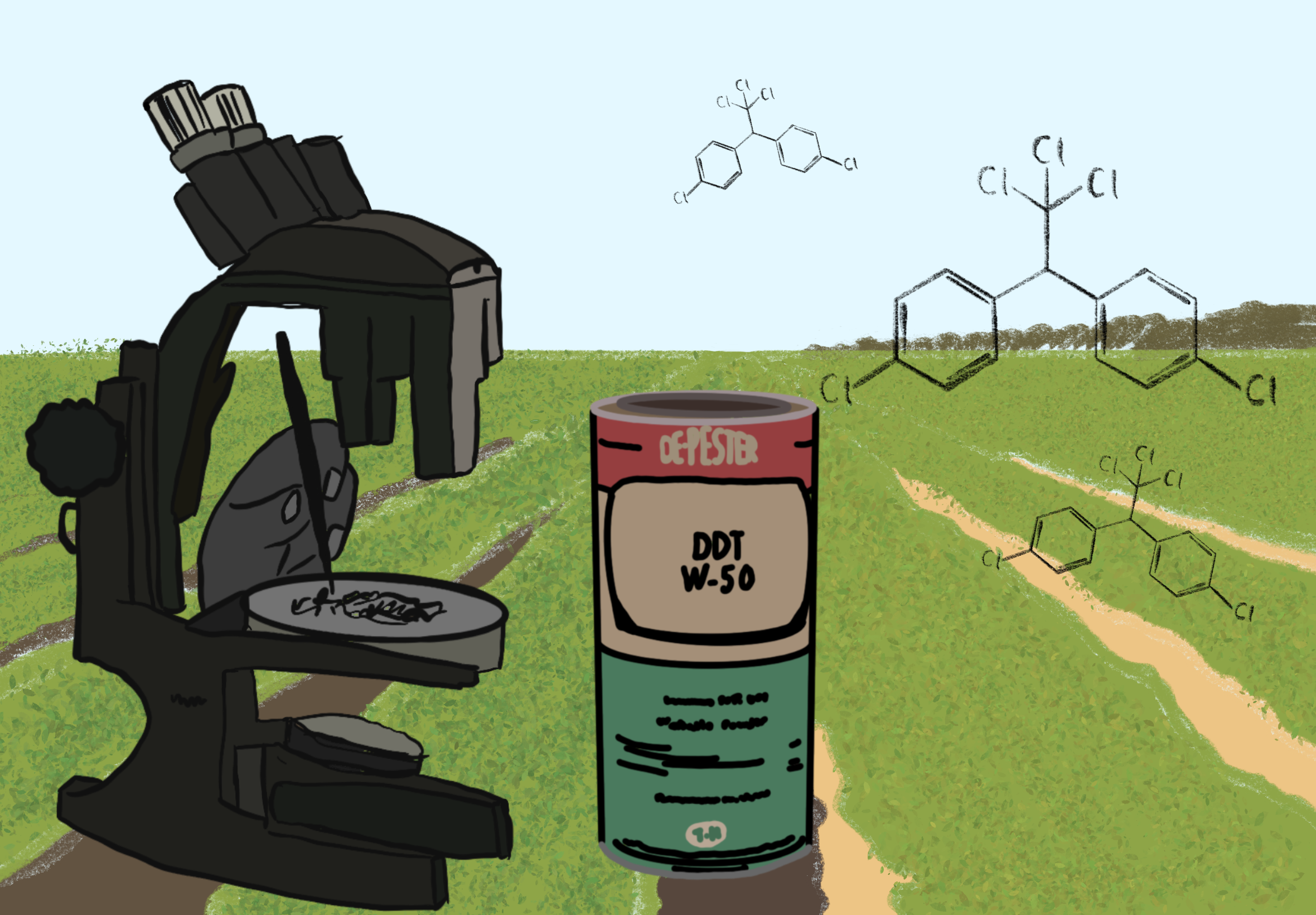Rachel Carson's Battle
Silent Spring: Published on September 27, 1962
Have you ever read the book Silent Spring? The book explains the environmental damage from pesticides, along with the mass production of plastics, and a large number of newly developed chemicals that were introduced to the battlefield during World War II.
DDT (aka Dichlorodiphenyltrichloroethane), developed in 1874 as an insecticide to protect against malaria, is said to have saved tens of millions of lives worldwide.
In developed countries, aerial spraying of DDT was routinely carried out. DDT was effective against all kinds of insects and was difficult to break down, which meant its effects lasted a long time. This led to a dramatic increase in crop yields, and after the war, DDT was commercialized and spread as an agricultural pesticide to boost food production.
On the other hand, the fact that DDT was difficult to break down meant that it accumulated in the bodies of living because the organism consumes the crop or soil containing DDT. However, through the research of Rachel Carson, a marine biologist and the author of Silent Spring, it became evident that DDT had serious impacts on the ecosystems of birds and other animals, including humans. She sounded the alarm to the world. Over four years, Carson researched the impact of DDT on living creatures. Various birds and marine animals were being affected as well. When her book was published, concerns about DDT quickly spread worldwide, but major companies like DuPont, which produced DDT, refused to acknowledge Carson's claims. Agricultural manufacturers argued that Carson's book was severely distorted and lacked scientific backing. They even said that believing her words would take us back to the dark times of the past. However, in 1962, John F. Kennedy took the matter seriously and set up a panel to review the side effects of pesticides. The domestic use of DDT was almost entirely banned ten years later, in 1972.
If Carson hadn't researched and raised the alarm about DDT, it might still be in use today. I can’t imagine what could have happened in that case.
Carson’s work proves that raising awareness can be the first step towards creating a positive change. If we work hard like Carson did and show the damage of the effects of pesticides, we can hopefully prevent other harmful effects, too!
